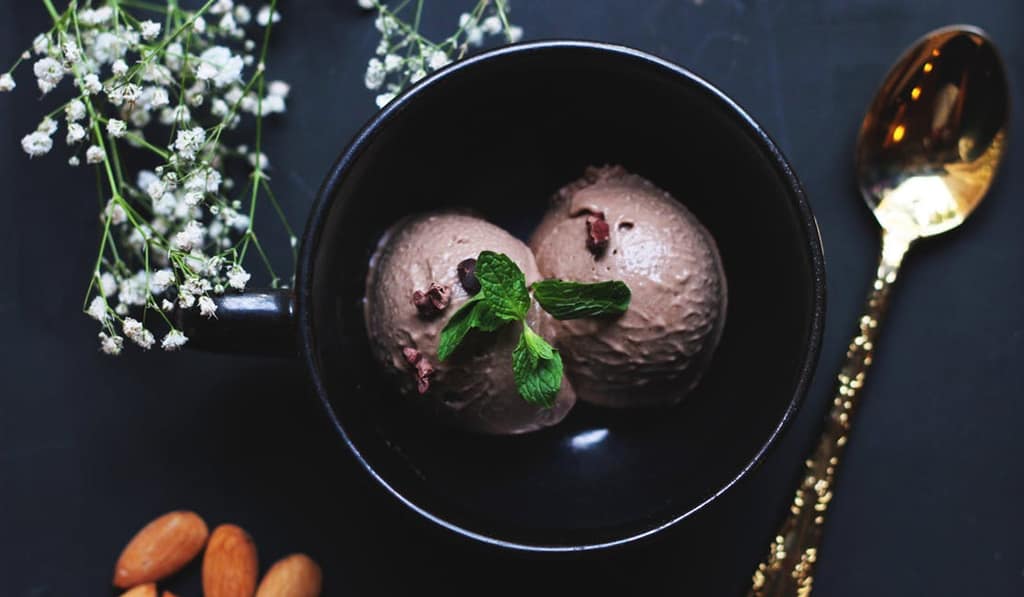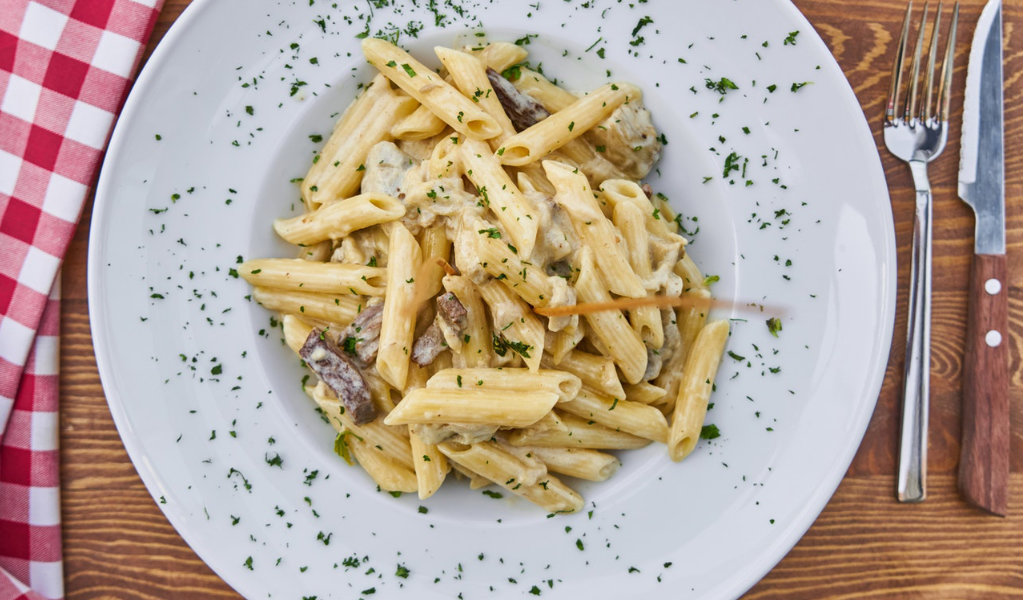
Aluwa is a special traditional sweet that graces the Sri Lankan New Year table and holds a cherished place in our cultural celebrations. This beloved confection, made from rice flour, is an essential part of festive occasions, traditional ceremonies, and special celebrations throughout Sri Lanka. Today, I’ll share with you the secret to making mouth-wateringly delicious aluwa that will melt in your mouth and beautifully adorn your New Year table.
What is Aluwa?
Aluwa is a traditional Sri Lankan sweet made primarily from rice flour, sugar, and coconut milk. Its soft, fudge-like texture and rich flavor make it a favorite among both children and adults. The sweet is typically cut into diamond or square shapes and has a distinctive pale color that comes from the rice flour base.
Ingredients You’ll Need
- Rice flour: 500g (you can make this at home or buy ready-made)
- Sugar: 300g
- Coconut milk: Fresh or canned
- Cashew nuts or local cashews: Chopped finely
- Cardamom powder: Freshly ground for best flavor
- Water: 1 cup
- Salt: A pinch for enhanced taste
Step-by-Step Preparation
Making Rice Flour at Home (Optional)
For the best results, you can prepare rice flour at home. Soak rice overnight, then wash thoroughly the next morning. Drain and let it dry on a clean cloth for some time. Once dry, blend it in a blender until you get a fine powder. Roast this flour on medium heat until it becomes light and fluffy like fine dust. Sift the flour through a fine sieve to ensure smoothness.
Preparing the Aluwa
- Prepare the nuts and spices: Finely chop the cardamom and slice the cashew nuts into thin pieces. Set aside.
- Make the sugar syrup: In a heavy-bottomed pan, combine water and sugar. Heat over medium flame, stirring until the sugar completely dissolves. Add a pinch of salt to enhance the flavor.
- Test for the right consistency: Cook the syrup for 10-12 minutes on medium heat. To test if it’s ready, take a small amount with a spoon and lift it up. If the syrup falls in a thin thread-like consistency, it has reached the perfect stage.
- Reserve some syrup: Remove the pan from heat and pour half of the syrup into a separate cup. Keep this aside – you’ll need it later if the mixture becomes too thick when adding flour.
- Add aromatics: To the remaining syrup in the pan, add the chopped cardamom and cashew nuts. Mix well.
- Incorporate coconut milk: Add coconut milk to the mixture and stir thoroughly to combine all flavors.
- Add rice flour gradually: This is the crucial step! Add rice flour little by little while continuously stirring. Never dump all the flour at once, as this will create lumps and ruin the texture.
- Adjust consistency: If the mixture becomes too thick while adding flour, use the reserved sugar syrup to achieve the right consistency.
- Check for doneness: The mixture is ready when it doesn’t stick to your hands and forms a soft, pliable dough-like consistency.
Shaping and Cutting
- Prepare your work surface: Sprinkle roasted rice flour on a clean banana leaf or parchment paper to prevent sticking.
- Spread the mixture: Place the warm aluwa mixture on the prepared surface and spread it evenly to your desired thickness (usually about ½ inch thick).
- Add final flour dusting: Lightly sprinkle more roasted rice flour on top of the spread mixture to prevent sticking.
- Cut into shapes: Using a sharp knife, cut the aluwa into traditional diamond shapes or squares while it’s still warm. Work quickly as the mixture hardens as it cools.
- Separate the pieces: Once cut, carefully separate each piece and let them cool completely.
Pro Tips for Perfect Aluwa
- Work quickly: Aluwa mixture hardens fast, so have all your tools ready before you start the final stages.
- Temperature matters: The mixture should be warm when cutting, but not hot enough to burn your hands.
- Storage: Store in an airtight container once completely cooled. Properly made aluwa can last for several days.
- Texture test: The perfect aluwa should be soft enough to bite easily but firm enough to hold its shape.
Cultural Significance
Aluwa represents prosperity and sweetness in Sri Lankan culture. Its presence on the New Year table symbolizes hopes for a sweet and prosperous year ahead. The golden color of aluwa is also considered auspicious, representing wealth and good fortune.
Serving Suggestions
Aluwa is traditionally served alongside other New Year sweets like kokis, kevum, and milk rice. It pairs beautifully with a cup of Ceylon tea and is often offered to guests as a gesture of hospitality and goodwill.
Conclusion
Making aluwa is both an art and a tradition passed down through generations. While the process requires attention and timing, the joy of sharing this homemade sweet with family and friends makes every effort worthwhile. Try this recipe and create your own batch of delicious aluwa to grace your festive table.
Have you tried making aluwa at home? We’d love to hear about your experience and any family variations you might have. Share your thoughts and photos in the comments below!


